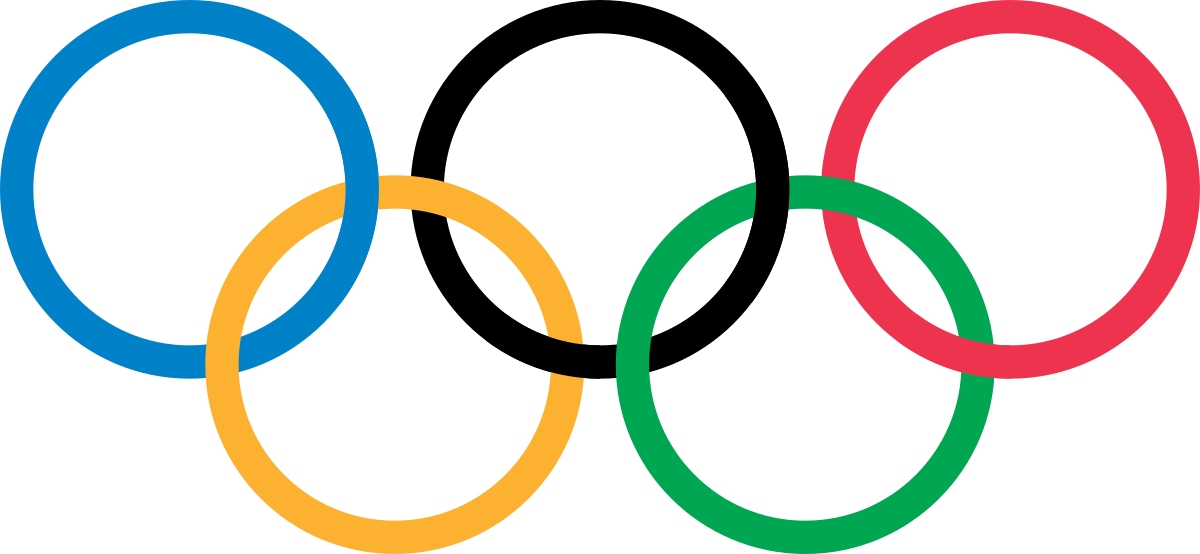Please add alt text (alternative text) to all of your posted graphics for #TidyTuesday.
Twitter provides guidelines for how to add alt text to your images.
The DataViz Society/Nightingale by way of Amy Cesal has an article on writing good alt text for plots/graphs.
Here’s a simple formula for writing alt text for data visualization:
It’s helpful for people with partial sight to know what chart type it is and gives context for understanding the rest of the visual. Example: Line graph
What data is included in the chart? The x and y axis labels may help you figure this out. Example: number of bananas sold per day in the last year
Think about why you’re including this visual. What does it show that’s meaningful. There should be a point to every visual and you should tell people what to look for. Example: the winter months have more banana sales
Don’t include this in your alt text, but it should be included somewhere in the surrounding text. People should be able to click on a link to view the source data or dig further into the visual. This provides transparency about your source and lets people explore the data. Example: Data from the USDA
Penn State has an article on writing alt text descriptions for charts and tables.
Charts, graphs and maps use visuals to convey complex images to users. But since they are images, these media provide serious accessibility issues to colorblind users and users of screen readers. See the examples on this page for details on how to make charts more accessible.
The {rtweet} package includes the ability to post tweets with alt text programatically.
Need a reminder? There are extensions that force you to remember to add Alt Text to Tweets with media.
The data this week comes from Kaggle.
This is a historical dataset on the modern Olympic Games, including all the Games from Athens 1896 to Rio 2016. I scraped this data from www.sports-reference.com in May 2018. The R code I used to scrape and wrangle the data is on GitHub. I recommend checking my kernel before starting your own analysis.
Note that the Winter and Summer Games were held in the same year up until 1992. After that, they staggered them such that Winter Games occur on a four year cycle starting with 1994, then Summer in 1996, then Winter in 1998, and so on. A common mistake people make when analyzing this data is to assume that the Summer and Winter Games have always been staggered.
The Olympic data on www.sports-reference.com is the result of an incredible amount of research by a group of Olympic history enthusiasts and self-proclaimed 'statistorians'. Check out their blog for more information. All I did was consolidated their decades of work into a convenient format for data analysis.
FiveThirtyEight has a similar forecast updating throughout the Olympic Games.
An updating medal count for every competing nation compared with the number of medals we thought each would have won so far — along with how many more they might take home.
# Get the Data
# Read in with tidytuesdayR package
# Install from CRAN via: install.packages("tidytuesdayR")
# This loads the readme and all the datasets for the week of interest
# Either ISO-8601 date or year/week works!
tuesdata <- tidytuesdayR::tt_load('2021-07-27')
tuesdata <- tidytuesdayR::tt_load(2021, week = 31)
olympics <- tuesdata$olympics
# Or read in the data manually
olympics <- readr::read_csv('https://raw.githubusercontent.com/rfordatascience/tidytuesday/master/data/2021/2021-07-27/olympics.csv')
| variable | class | description |
|---|---|---|
| id | double | Athlete ID |
| name | character | Athlete Name |
| sex | character | Athlete Sex |
| age | double | Athlete Age |
| height | double | Athlete Height in cm |
| weight | double | Athlete weight in kg |
| team | character | Country/Team competing for |
| noc | character | noc region |
| games | character | Olympic games name |
| year | double | Year of olympics |
| season | character | Season either winter or summer |
| city | character | City of Olympic host |
| sport | character | Sport |
| event | character | Specific event |
| medal | character | Medal (Gold, Silver, Bronze or NA) |
library(tidyverse)
events <- read_csv("2021/2021-07-27/athlete_events.csv")
events %>%
janitor::clean_names() %>%
write_csv("2021/2021-07-27/olympics.csv")
